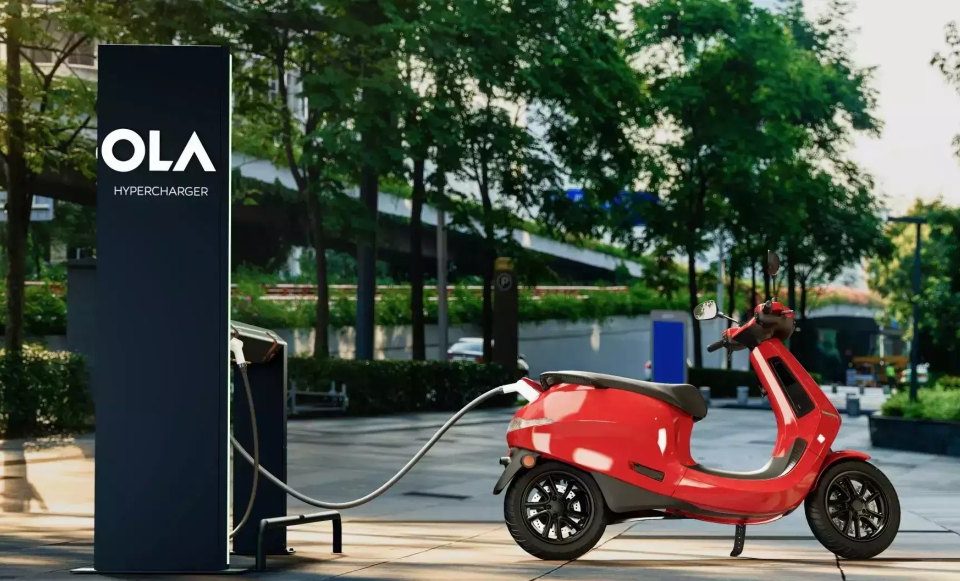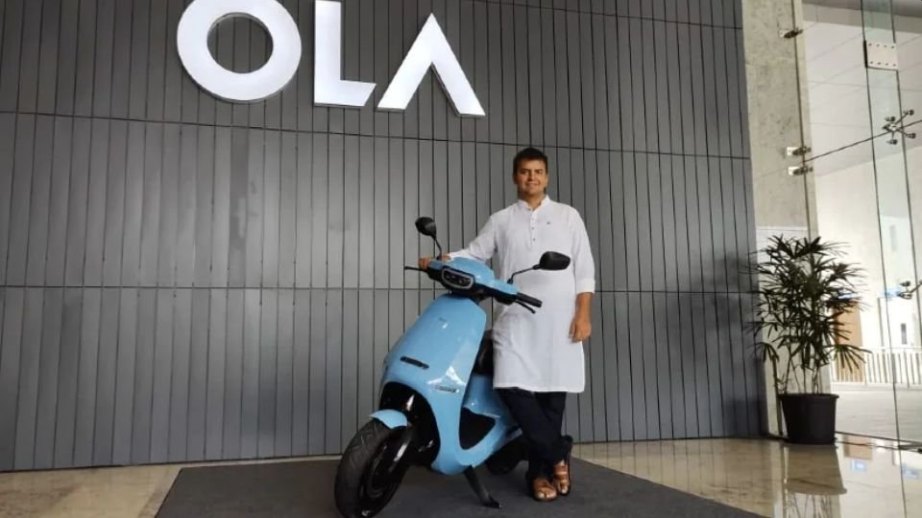Indian electric scooter startup OLA Electric to lay off 500 employees, just 3 months after IPO

In August, OLA Electric made a public debut on the Indian stock market, with shares surging 20% on the first day and valuing the SoftBank-backed electric vehicle (EV) startup at $4.8 billion. However, just three months later, the 7-year-old company is reportedly planning to lay off around 500 employees as it shifts focus to profitability, according to Reuters, citing Moneycontrol.
OLA Electric reported having 4,011 employees as of March 2024, according to its IPO filings. The company declined to comment on the reported layoffs, but the move comes as the firm faces mounting challenges, including high costs and reduced EV subsidies. Ola has emphasized that adopting in-house battery production will be key to lowering costs and turning a profit.
“India’s top electric scooter maker Ola Electric plans to cut about 500 jobs as it seeks to prioritise profitability, local business news publication Moneycontrol reported on Thursday, citing sources,” Reuters reported.
Following the news, OLA Electric’s stock fell 3% in Wednesday’s trading, closing at 67.23 rupees, its lowest level since the IPO.
Despite its initial dominance in India’s electric two-wheeler market, OLA Electric is grappling with regulatory scrutiny and increasing competition. India’s top product certification agency is investigating the company over consumer complaints related to service and product issues. Meanwhile, rivals have launched competing models at similar price points, narrowing Ola’s market lead.
Market Dynamics and Growth

Founded in 2017 by Bhavish Aggarwal, OLA Electric—a subsidiary of ride-hailing giant OLA—entered the electric scooter market just two and a half years ago. The company quickly captured nearly 46% of the e-scooter market, highlighting its significant early success in a segment that far outpaces electric car sales in India.
According to McKinsey & Co., electric two-wheelers could account for 60% to 70% of all new scooter sales in India by 2030. This aligns with India’s reliance on two-wheelers as a primary mode of transportation, with nearly half a million e-scooters sold by mid-2023 compared to just 45,000 electric cars.
Challenges and Strategic Shifts
Despite strong early sales, OLA Electric faces hurdles as it tries to sustain its market position. The company recently reported narrower losses for the July-September quarter, driven by rising sales. However, the competitive landscape and reduced subsidies have forced the company to reevaluate its strategy. While Ola initially considered entering the electric car market, those plans have been shelved to focus on its core e-scooter business.
Future Outlook
Ola Electric captured attention in August with $2 billion in institutional bids during its IPO, cementing its place as a leader in India’s burgeoning electric vehicle market. However, maintaining this position will require navigating regulatory challenges, addressing consumer concerns, and achieving profitability in a highly competitive sector. With layoffs on the horizon and its stock price under pressure, the company is at a critical juncture in its journey toward long-term growth.




